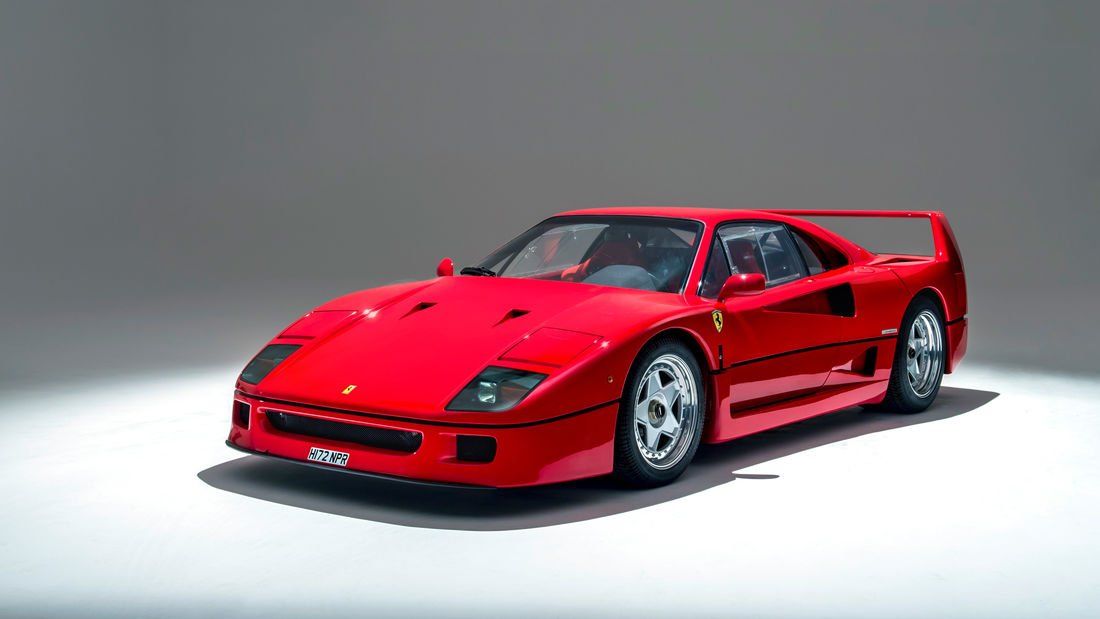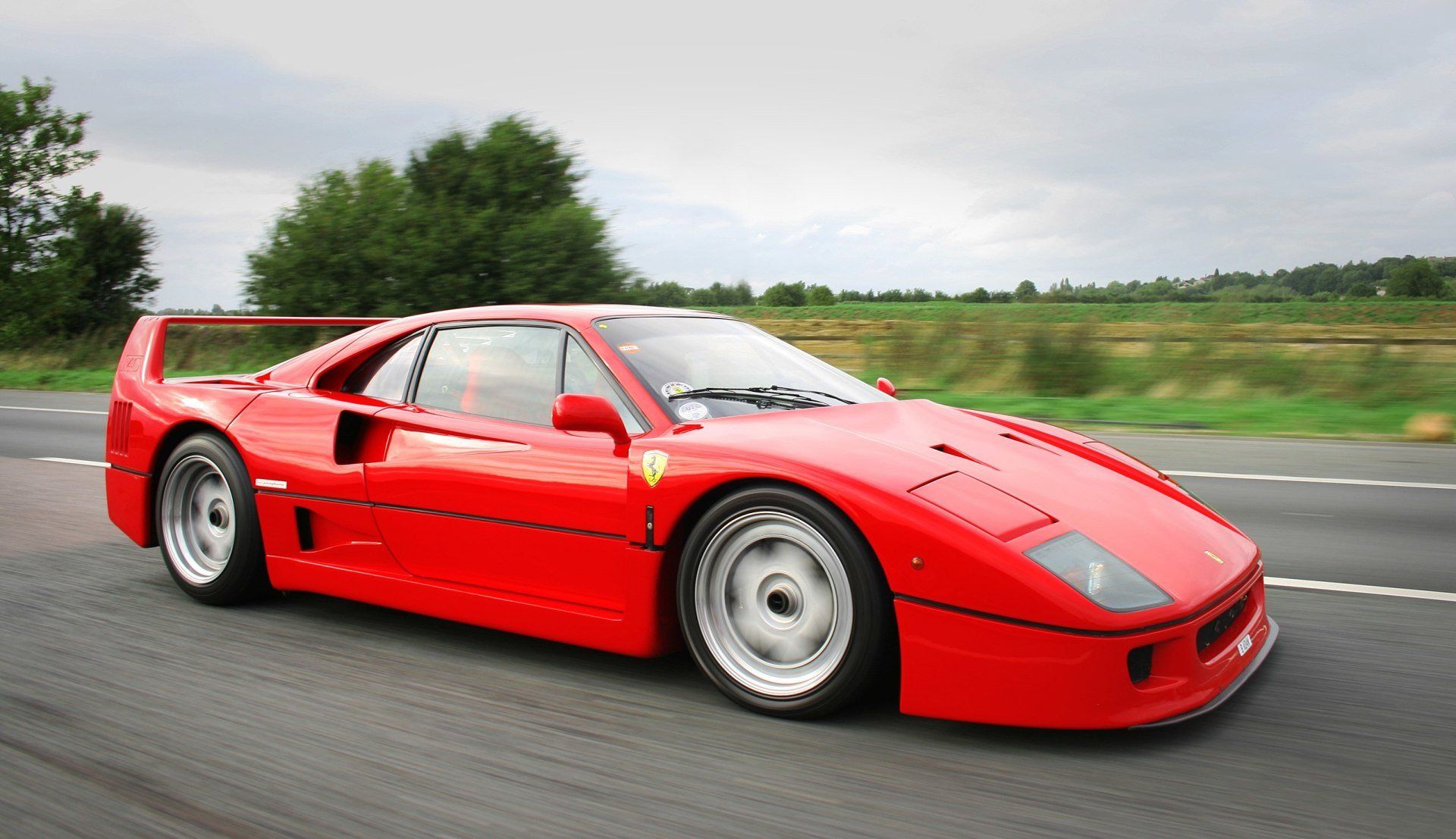Ferrari F40
The Ferrari F40 project was intended to celebrate Ferrari’s 40th anniversary.
1.315 were produced (400 were planned).
The car debuted with a planned production total of 400 units and a factory suggested retail price of approximately US$400,000 (5-fold the price of its predecessor, the 288 GTO in 1987 ($1.100,000 today). One of those that belonged to the Formula One driver Nigel Mansell was sold for the then record of £1 million in 1990, a record that stood into the 2010s.
In true Ferrari tradition, the Ferrari F40 bridged the gap between the company’s road cars and racing cars.
Power came from an enlarged, 2,936 ccm version of the 288 GTO's IHI twin turbocharged and intercooled V8 engine generating a peak power output of 478 PS (471 hp; 352 kW) at 7,000 rpm and 577 Nm of torque at 4,000 rpm as stated by the manufacturer. Gearing, torque curves and actual power output differed among the cars. The F40 did without a catalytic converter until 1990, when US regulations made them a requirement for emissions control reasons. The flanking exhaust pipes guide exhaust gases from each bank of cylinders while the central pipe guides gases released from the wastegate of the turbochargers.
The suspension setup was similar to the GTO's double wishbone setup, though many parts were upgraded and settings were changed; the unusually low ground clearance prompted Ferrari to include the ability to raise the vehicle's ground clearance when necessary for later cars via hydraulic lift chambers in the front dampers.










